It’s been a fine, fine novel so far, but the Victorian obsession with physical description, and more important, the assumptions that one could apparently draw based upon physical characteristics, has made JANE EYRE resemble a story about a superhero rather than an English governess.
The girl can discern an astounding amount of information by just looking at someone, and if I didn’t know any better, I would suspect her of being a mutant, an alien, a cyborg or perhaps a government experiment gone awry.
She cannot be human. At the least, she is clearly wielding a powerful variant of ESP.
Note the passage below. Please read carefully.
Mr. St. John—sitting as still as one of the dusty pictures on the walls, keeping his eyes fixed on the page he perused, and his lips mutely sealed—was easy enough to examine. Had he been a statue instead of a man, he could not have been easier. He was young—perhaps from twenty-eight to thirty—tall, slender; his face riveted the eye; it was like a Greek face, very pure in outline: quite a straight, classic nose; quite an Athenian mouth and chin. It is seldom, indeed, an English face comes so near the antique models as did his. He might well be a little shocked at the irregularity of my lineaments, his own being so harmonious. His eyes were large and blue, with brown lashes; his high forehead, colourless as ivory, was partially streaked over by careless locks of fair hair.
This is a gentle delineation, is it not, reader? Yet he whom it describes scarcely impressed one with the idea of a gentle, a yielding, an impressible, or even of a placid nature. Quiescent as he now sat, there was something about his nostril, his mouth, his brow, which, to my perceptions, indicated elements within either restless, or hard, or eager. He did not speak to me one word, nor even direct to me one glance, till his sisters returned.
The first paragraph of description is simply astounding in its level of density and obscurity.
A Greek face? A classic nose? An Athenian mouth and chin?
His face came close to that of an English antique model?
Did any of this mean anything to the nineteenth century reader? Could Bronte’s contemporaries learn that Mr. St. John had an Athenian chin and immediately perceive its cut and jib in their mind’s eye?
But it’s the second paragraph that clearly indicates Jane’s superhuman powers of observation. Has there ever been a time in human history, in fiction or real life, when a person was able to accurate assess the character and disposition of another human being based upon a single nostril?
I don’t think so.
And yet there it is, sitting on the page. Without speaking a word, she has used nostril and brow to paint a surprisingly accurate portrait of the man’s character.
My agent told me that she wrote a paper in high school claiming that Jane Eyre was a werewolf, and she received an A+ for her efforts. Perhaps it was super human powers like these that caused her to think this way.
I wish someone would have told me that this was a superhero book.
I might have read it a long time ago.







